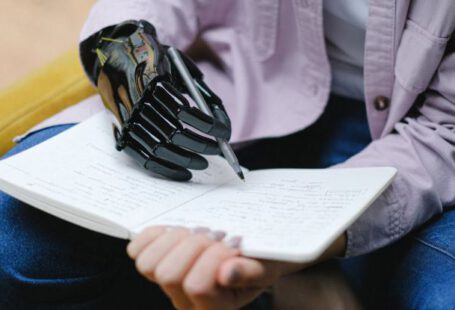In today’s rapidly evolving technological landscape, 3D printing has emerged as a revolutionary tool with immense potential in various sectors, including education. The ability to transform digital designs into physical objects has opened up new avenues for learning and creativity in classrooms around the world. From enhancing students’ understanding of complex concepts to fostering innovation and problem-solving skills, 3D printing has a significant impact on education. Let’s delve into why 3D printing has a huge educational potential.
Enhancing Hands-On Learning Experiences
One of the key advantages of 3D printing in education is its ability to provide hands-on learning experiences for students. Traditional teaching methods often rely on textbooks and lectures, which may not fully engage students or cater to different learning styles. By incorporating 3D printing into the curriculum, educators can offer interactive and tactile learning experiences that allow students to physically interact with abstract concepts. This hands-on approach not only enhances students’ understanding of complex ideas but also fosters critical thinking and problem-solving skills.
Fostering Creativity and Innovation
3D printing empowers students to unleash their creativity and explore their innovative potential. By encouraging students to design and create their own 3D models, educators can nurture a culture of innovation in the classroom. Whether it’s designing a new product, creating a prototype, or solving a real-world problem, 3D printing provides students with a platform to turn their ideas into reality. This creative process not only boosts students’ confidence and self-expression but also prepares them for the demands of the ever-changing job market.
Bringing Abstract Concepts to Life
Abstract concepts in subjects such as math, science, and engineering can often be challenging for students to grasp. 3D printing offers a unique solution by allowing educators to visually represent these abstract ideas in a tangible and concrete form. For example, in geometry, students can create 3D models of geometric shapes to better understand spatial relationships. In biology, students can print anatomical models to study the structure of the human body. By bringing abstract concepts to life, 3D printing makes learning more engaging, interactive, and memorable for students.
Encouraging Collaboration and Communication
Collaboration and communication are essential skills for success in the modern world. 3D printing provides a collaborative learning environment where students can work together to design and create projects. Whether it’s a group project or a classroom competition, 3D printing encourages students to communicate their ideas, share knowledge, and collaborate effectively. This collaborative approach not only enhances students’ teamwork skills but also prepares them for future endeavors where teamwork is crucial for success.
Preparing Students for Future Careers
In an increasingly technology-driven world, 3D printing skills are becoming increasingly valuable in the job market. By introducing 3D printing technology in education, schools can equip students with the skills and knowledge they need to succeed in a variety of fields, from engineering and design to healthcare and manufacturing. Students who have experience with 3D printing are better prepared to navigate the challenges of the digital age and adapt to the evolving demands of the workforce.
In conclusion, 3D printing has a huge educational potential that goes beyond just creating physical objects. By enhancing hands-on learning experiences, fostering creativity and innovation, bringing abstract concepts to life, encouraging collaboration and communication, and preparing students for future careers, 3D printing is transforming education in profound ways. As we continue to explore the possibilities of this technology, the educational landscape is poised to undergo a significant transformation that will benefit students, educators, and society as a whole.





